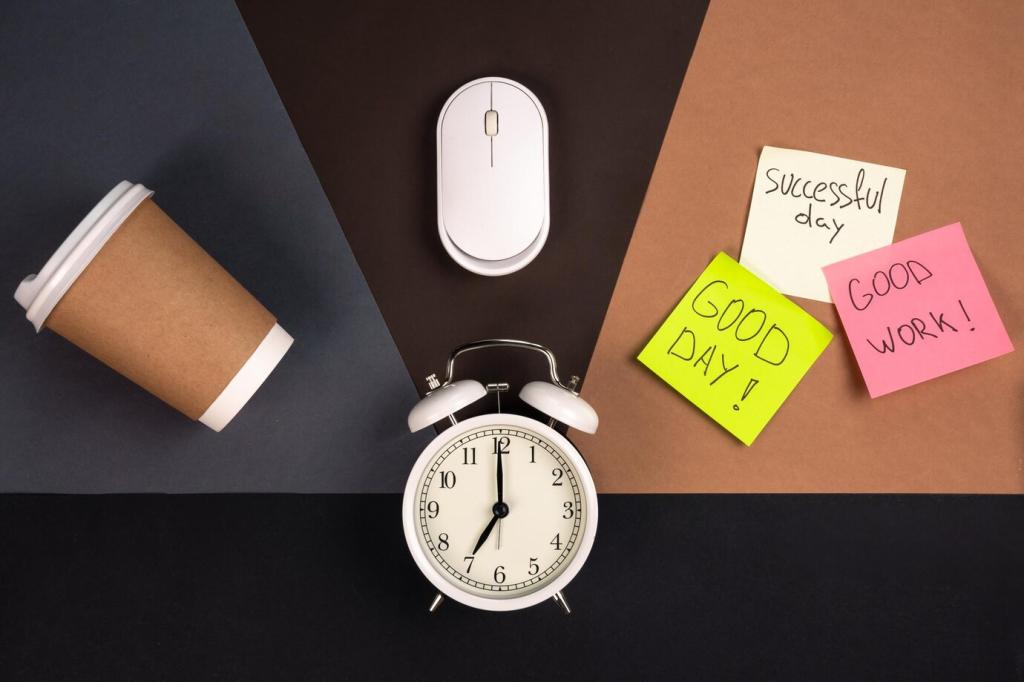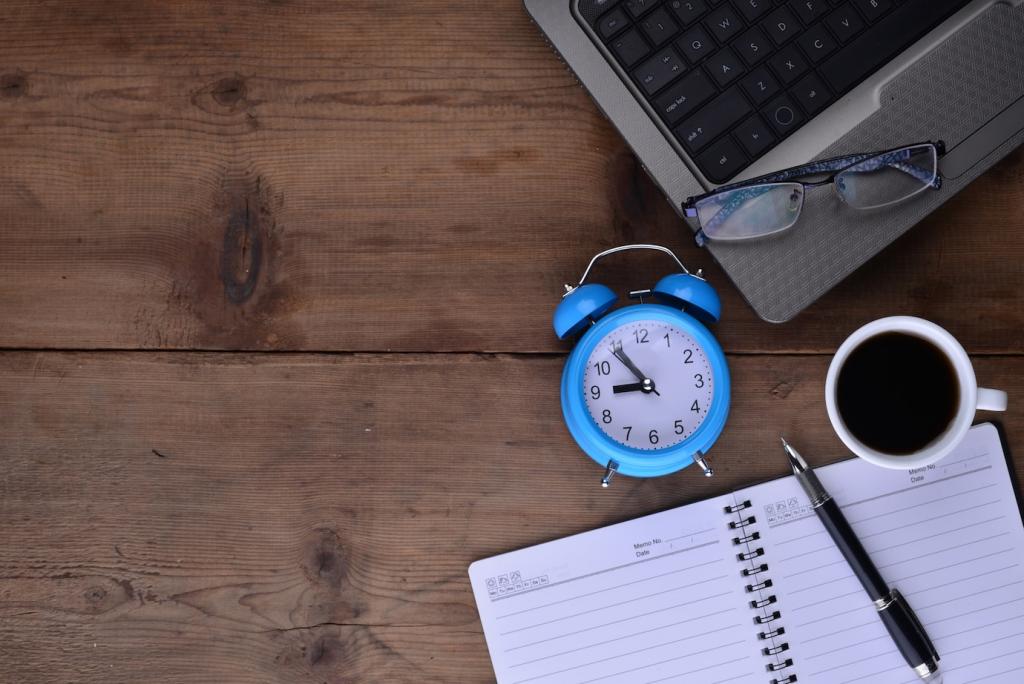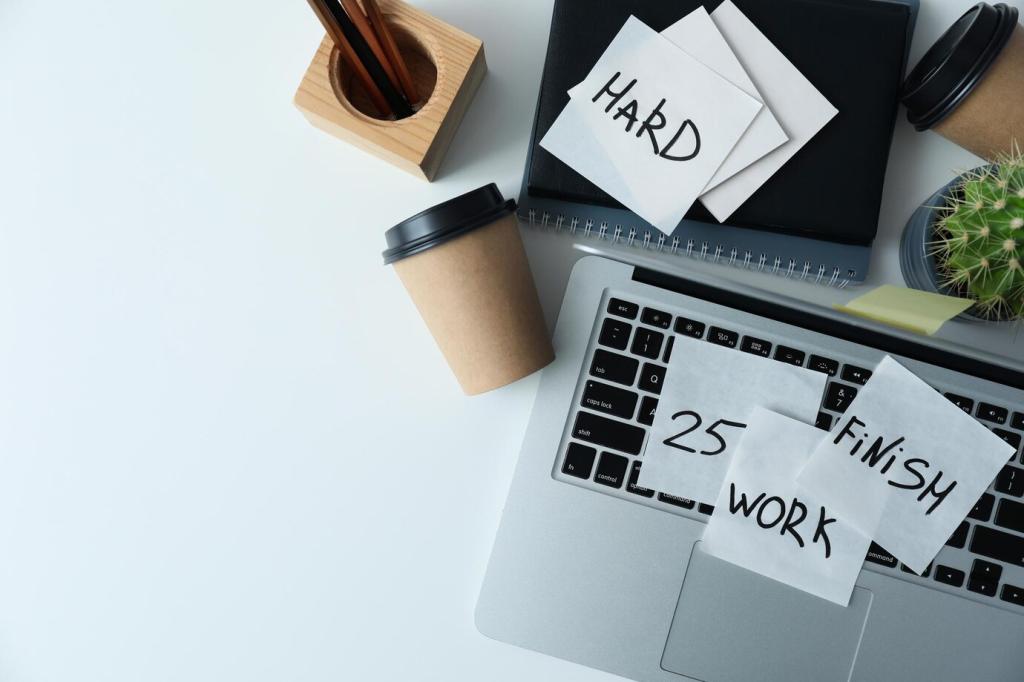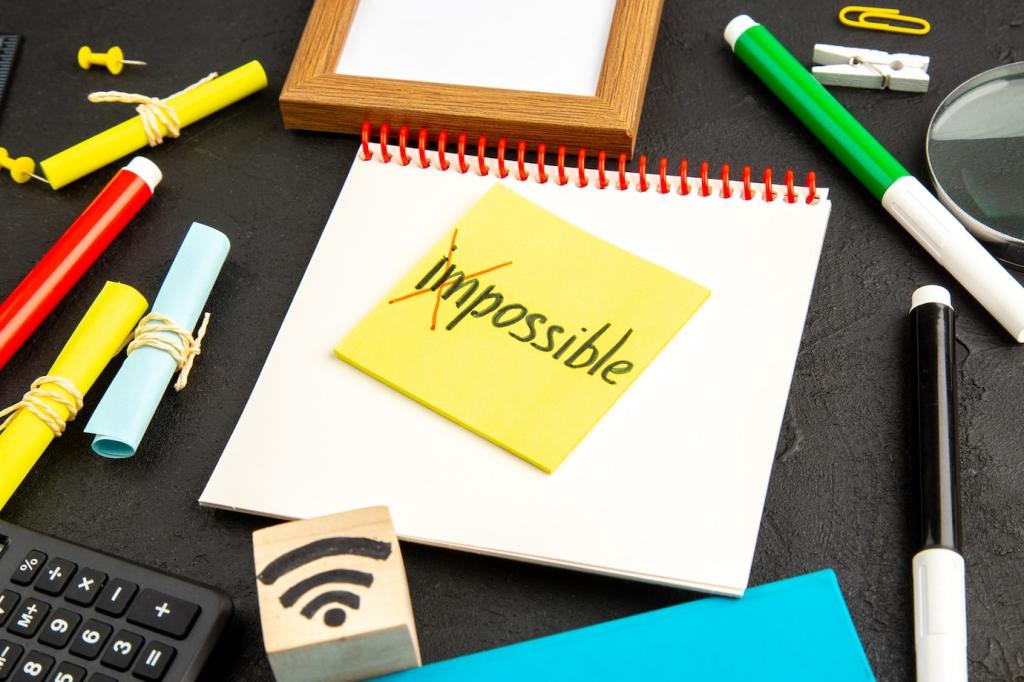The Role of Standing Desks in Modern Office Productivity
Chosen theme: The Role of Standing Desks in Modern Office Productivity. Explore how sit–stand workstyles sharpen focus, reduce discomfort, and boost meaningful output—without gimmicks. Join our community, share what works for you, and subscribe for fresh, practical strategies that turn standing desks into everyday performance gains.

Ergonomics Essentials for Sit–Stand Success
Finding Your Neutral Posture
Set desk height so elbows rest around ninety to one hundred degrees, wrists neutral, and shoulders relaxed. Keep ears over shoulders to reduce neck tension. If you feel your lower back tightening, nudge the desk height or shift your stance. Share a photo of your setup and we can suggest quick, evidence-backed tweaks.
Footwear, Mats, and Micro‑shifts
Supportive shoes and an anti-fatigue mat reduce pressure hotspots. Rotate weight, unlock your knees, and occasionally rest one foot on a small stool to vary loading. These micro‑shifts make standing sustainable across hours. What mat or footwear has worked for you? Post your favorite picks to help others avoid sore feet.
Monitor, Keyboard, and Mouse Alignment
Raise the monitor so the top edge meets eye level, minimizing neck flexion. Keep the keyboard flat and close; avoid reaching for the mouse. Small alignment errors snowball into distraction and fatigue. After adjusting, note how your shoulders feel by day’s end and subscribe for our monthly ergonomic checklists.
Habits That Turn Standing Desks into Real Results
The 20–8–2 Rhythm
Follow a simple cadence: in each half hour, sit twenty minutes, stand eight, and move two. This rhythm balances comfort with circulation and keeps attention fresh. Pair it with calendar nudges or playlist cues. Try it for a week, then tell us how your focus blocks changed and where the rhythm felt easiest.
Stacking Habits With Workflows
Stand for outbound calls, brainstorming, and inbox triage. Sit for heads‑down analysis or deep writing. Linking posture to task type removes decision fatigue and builds consistency. Which tasks feel better standing for you? Share your pairings so other readers can test them during their next sprint.
Signals and Timers That Actually Work
Use gentle prompts—status light shifts, soft alarms, or a wrist buzz—rather than disruptive alerts. The goal is flow, not constant interruption. Track which cues you ignore and which ones nudge you kindly. Comment with your best low‑friction reminder so the community can borrow your idea.


Back Comfort and Musculoskeletal Relief
Alternating postures can ease lower‑back pressure and reduce shoulder stiffness, especially during long computer sessions. Many readers report fewer end‑of‑day aches after two weeks of consistent use. If soreness persists, reassess your monitor height and stance variety. Tell us where you felt the biggest relief after your first month.
Metabolic Nudge, Not a Miracle
Standing burns slightly more energy than sitting and helps break up sedentary time, but it is no substitute for walks or workouts. Think of it as a steady nudge that supports overall health. Pair your desk routine with brief hallway laps. What quick movement breaks fit your day? Share your go‑to micro‑moves.
Fatigue Management and Pacing
New standing users often overdo it, then feel drained. Start with short intervals, add an anti‑fatigue mat, and pace yourself. If your focus dips, sit guilt‑free and reset. Sustainable productivity beats heroic stints. Subscribe for our pacing planner, and drop a note about your ideal standing session length.
Designing Your Space for Flow
Use flexible cable sleeves and a mounted power strip to prevent snags while raising and lowering the desk. Visual simplicity reduces cognitive load and keeps your surface ready for action. Post a picture of your tidy setup—or your messy “before”—and inspire others to reclaim their workspace.

Short stand‑ups energize discussion and encourage concise decisions. Offer perches and mats so comfort stays high. Rotate facilitators to maintain momentum. Pilot a two‑week stand‑up experiment and report back on decision speed, meeting length, and participant energy in our comments thread.

When managers alternate sitting and standing, others feel permission to do the same. Add gentle reminders in agendas and celebrate movement wins. If you lead a team, declare one weekly “active agenda” and share your results with our subscribers next Friday.

Provide stools, adjustable heights, and seated alternatives so everyone can participate comfortably. Inclusivity increases adoption and trust. Gather anonymous feedback about comfort and accessibility, then publish two quick improvements. Tell us what accommodations made standing attainable in your office.
Measuring Impact Without Killing Momentum
Favor meaningful indicators like error rates, cycle time, and time‑to‑first‑draft over vanity counts. Pair quantitative data with brief weekly reflections about energy and comfort. Which metric told you the clearest story? Share it so others can refine their measurement approach.

